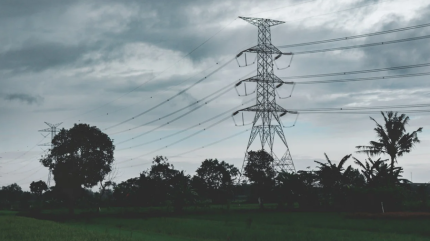
State run Jiangsu Electric Power said it had collaborated with local bus operators to conduct a vehicle to grid (V2G) interaction test in Zhenjiang, Jiangsu Province, China.
The test aimed to pool more resources for the flexible operation of the power grid and involved two new energy buses, which discharged electricity to the grid continuously for one hour, achieving a maximum discharge power of 100kW and a cumulative discharge of 67kWh, sufficient to power five households for three consecutive hours.

Discover B2B Marketing That Performs
Combine business intelligence and editorial excellence to reach engaged professionals across 36 leading media platforms.
Jiang Renxin, director of marketing at the utility, said: “Compared to ordinary new energy vehicles, buses offer advantages such as larger single charge discharge capacity, stable charging times, and scalability, providing a novel technological approach to green transportation, clean energy consumption and power supply security in the region.”
Last year, the local government issued the province’s first supporting policy encouraging the development of new energy vehicles, novel energy storage systems and the demonstration of vehicle to grid interactions, offering incentives to new energy vehicles participating in V2G discharge to the grid.
Based on the positive outcomes of this test, State Grid Jiangsu Electric Power plans to promote V2G technologies across the province, exploring the research and application of such technologies for industrial vehicles, taxis, and other types of new energy vehicles, contributing to the construction of a new type of power system.






